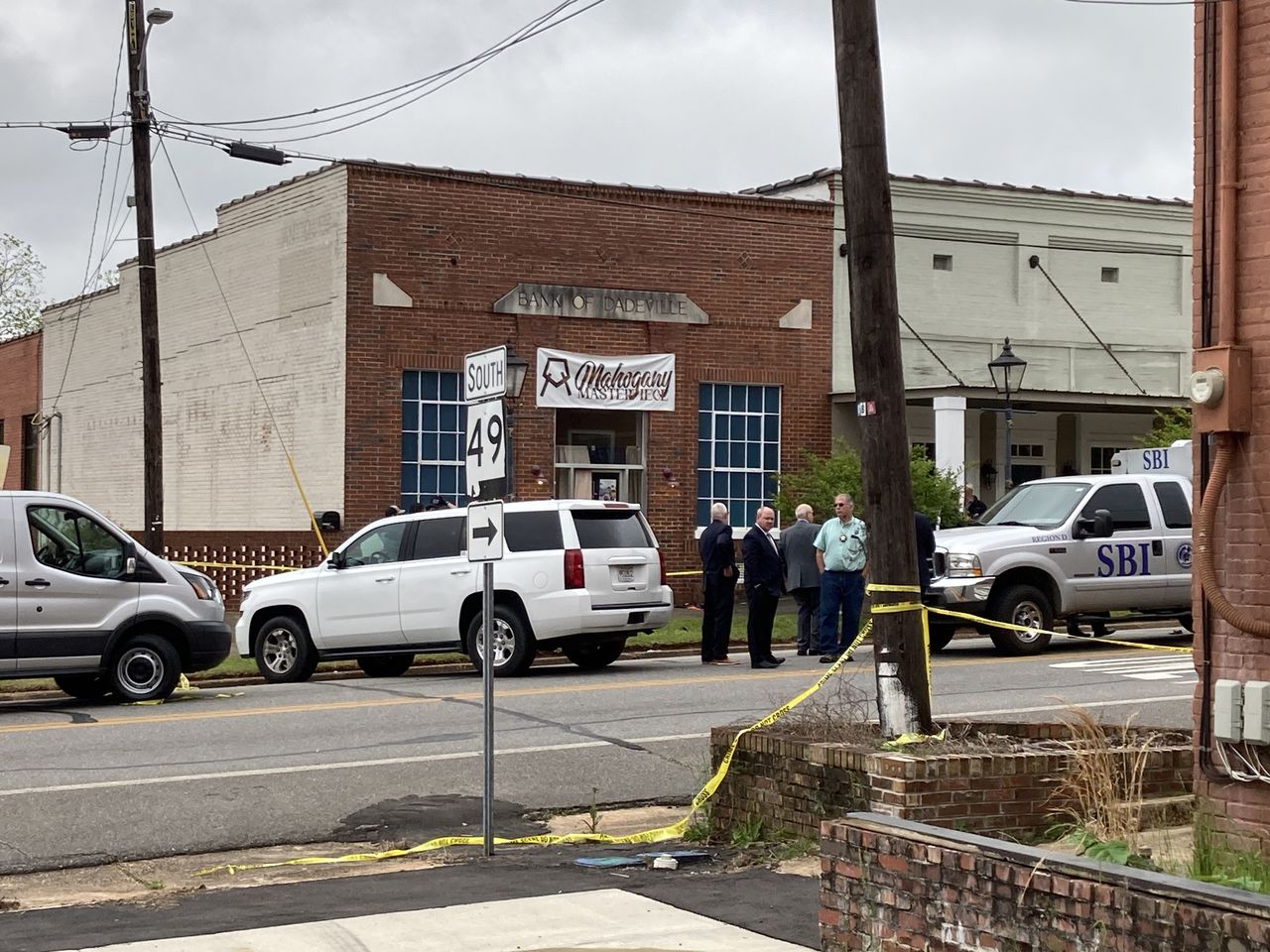Alabama has seen more than 100 mass shootings in the last decade
The shooting at a birthday party in Dadeville on Saturday night that left four dead and as many as 20 injured is the latest among nine dozen mass shootings in Alabama since 2013, according to one group that tracks gun violence.
Details of the Dadeville shooting were not available from authorities early Sunday afternoon about what happened, why it happened, identities of the victims, or status of any shooting suspects.
While the government does not define a mass shooting and there is no single, universally agreed-upon definition, many researchers define the term as one shooting in which four or more people are injured.
Mass shootings under that definition have been on the rise around the United States with 647 in 2022 – down from 690 the year before but up from 336 in 2018. And Alabama has seen its share in the past decade.
Gun Violence Archive, which describes itself as an independent research and data collection group, was started in the fall of 2013 to provide information about gun violence. It also defines a mass shooting as four or more shot and/or killed in a single event.
Under that definition Alabama has had 109 mass shootings, with 118 killed and 443 injured, since July 2013, according to the group. (Note: The Gun Violence Archive currently shows 16 injuries in Sunday’s Dadeville shooting. That number could change.)
In one of the most recent Alabama mass shootings, in January three people were wounded and two killed in a surprise 21st birthday party at a Madison County strip mall, where hundreds of rounds of ammunition were fired, according to authorities.
Among the other Alabama mass shootings over the past decade are:
- A family massacre that killed 5 at a home in rural Limestone County.
- A workplace shooting that left 3 killed and two injured at a plant in Albertville.
- A deadly fight at a bowling alley that killed 1 and injured 6 in Montgomery.
- Gunfire during an Easter celebration in a Birmingham park that killed 1 and injured 5.
- A fight that ended with shots fired at a high school football game in Mobile.
- Seven people killed in 2020 in Morgan County when two young members of a motorcycle club went to a home to kill the club’s enforcer.
- A man killed five people and one unborn baby during a meth-induced killing spree in 2016 in Citronelle.
- In May of 2017 12 people suffered injuries in a mass shooting in Phenix City.
One shooting that didn’t make the Gun Violence Archive’s list was the church shooting in Vestavia Hills in June 2022 at St. Stephen’s Episcopal Church that killed three. A 70-year-old man started shooting during a church potluck, killing 84-year-old Walter “Bart” Rainey, 84-year-old Jane Pounds and 75-year-old Sarah Yeager.
Read more: Alabama has seen multiple mass-homicide cases in recent decades.
Alabama ranks third in the nation in the rate of homicides per capita and fifth in the rate of gun deaths per capita, according to CDC data from 2020.
Among the more notorious murder/mass shooting cases prior to 2013 were:
Jan. 29, 2012: Five people were found shot to death in Birmingham’s Ensley Highlands neighborhood. Those killed were: Charles “C.J.” Render, 21; Ronnie Render, 42; Jonathan Sanchez, 23; Jeffery Davis Jr. 23; and Demetrius Sanders, 19. At least four of the five were shot execution-style in the head, and were found in one bedroom stripped of their clothes.
Feb. 12, 2010: University of Alabama in Huntsville professor Amy Bishop killed three people and wounded three others in a shooting on February 12, 2010. During a routine meeting of the biology department attended by about 12 people, Bishop stood up and began shooting those closest to her with a 9-millimeter handgun. Killed were: Killed were professors Adriel Johnson, Maria Ragland Davis and Gopi Podila. Three others were injured in the shootings.
March 10, 2009: Ten people were killed, including the gunman, and six wounded in Coffee and Geneva Counties in the worst mass shooting in Alabama history by a lone gunman who had a list of employers “who had done him wrong,” including the nearby sausage plant he quit days before spree and a metal factory where he shot himself. The shooter committed suicide.
Oct. 16, 1994: Five people were found dead inside the Changing Times Lounge in north Birmingham’s Druid Hills neighborhood. All five were found face-down, shot execution-style in the back of the head. The bodies of a woman and two men were lying next to each other near the lounge bar. The bodies of the other two victims were lying close to a pool table. Two men convicted in the slayings died while on Death Roy.
AL.com reporters Ashley Remkus, Ramsey Archibald, William Thornton and Carol Robinson contributed to this story.
